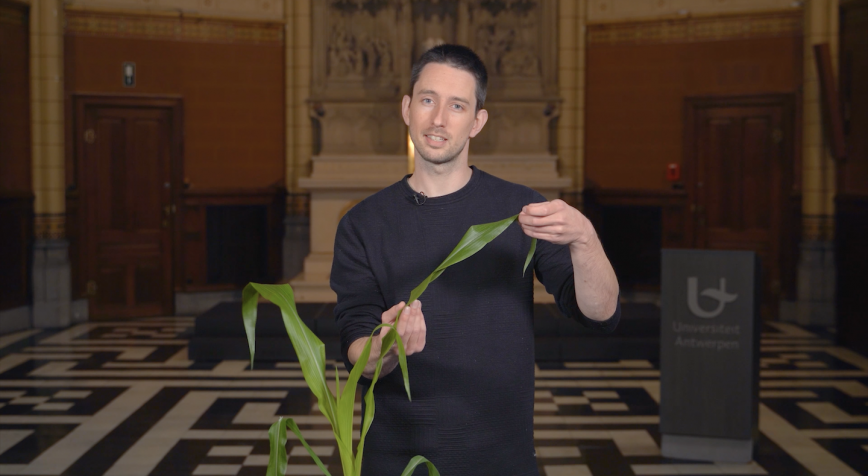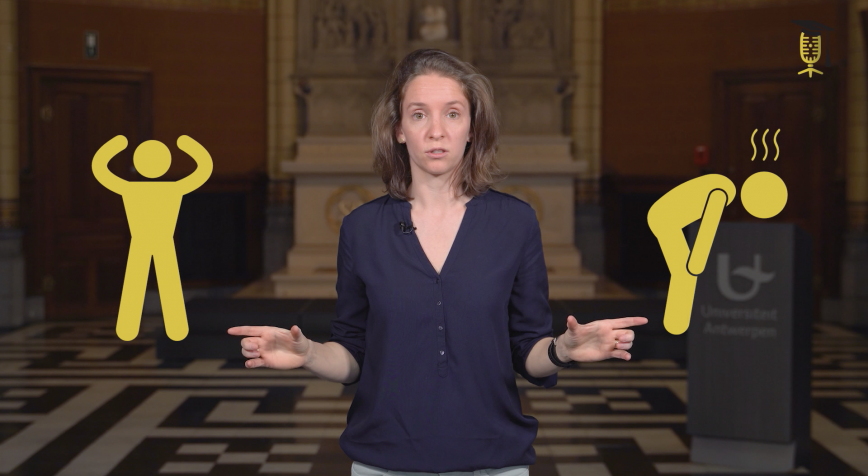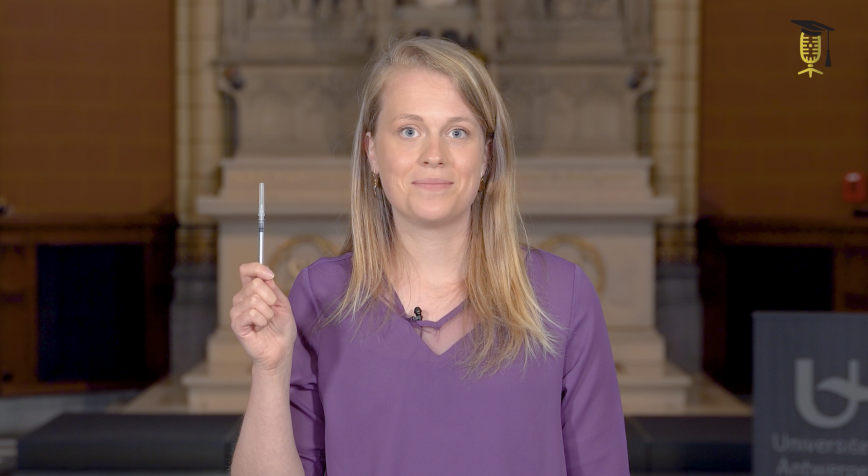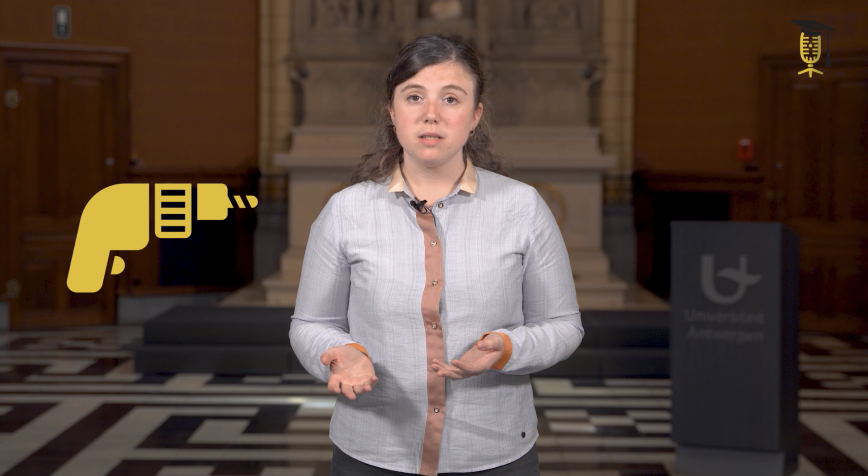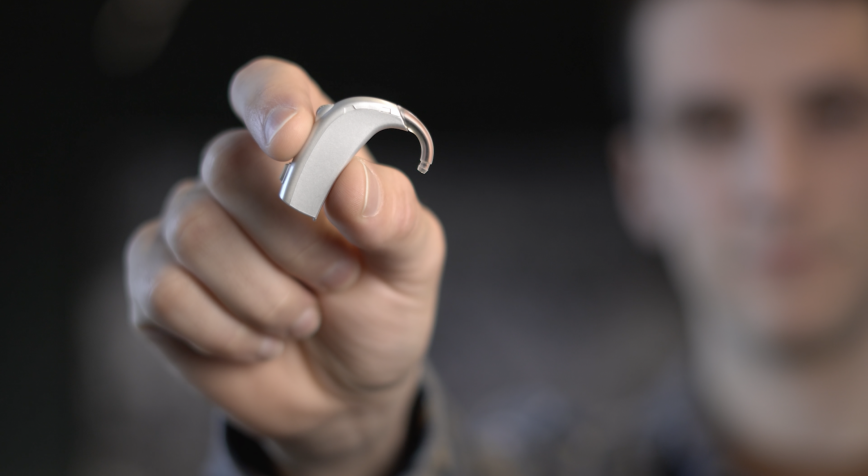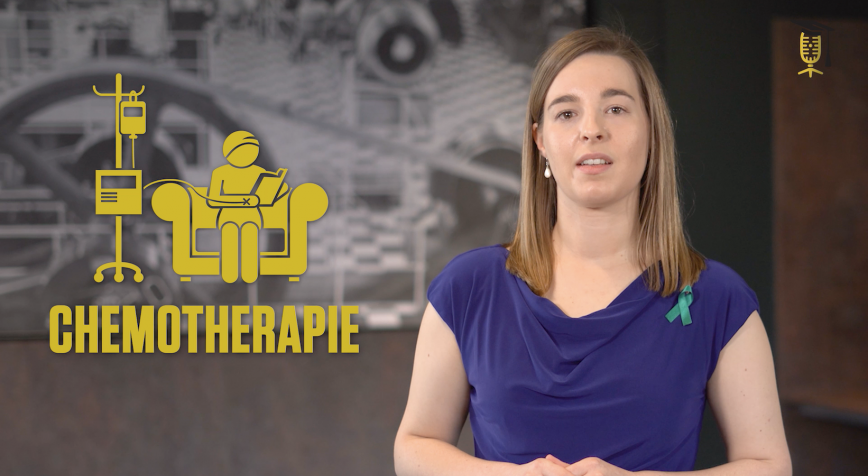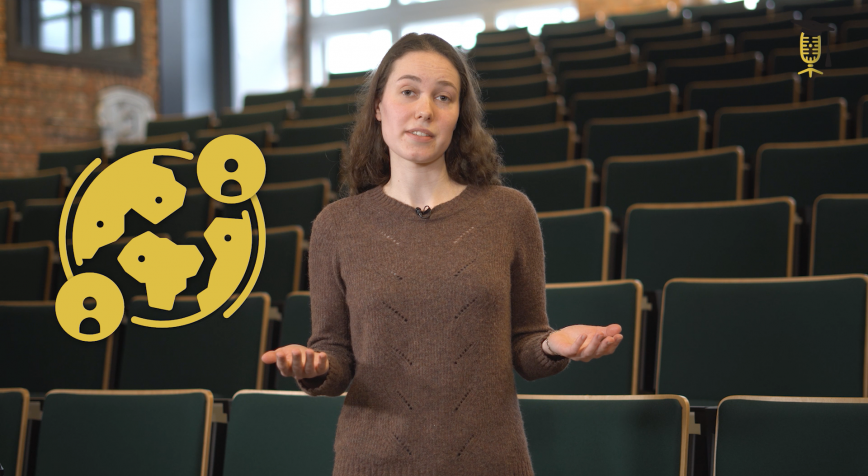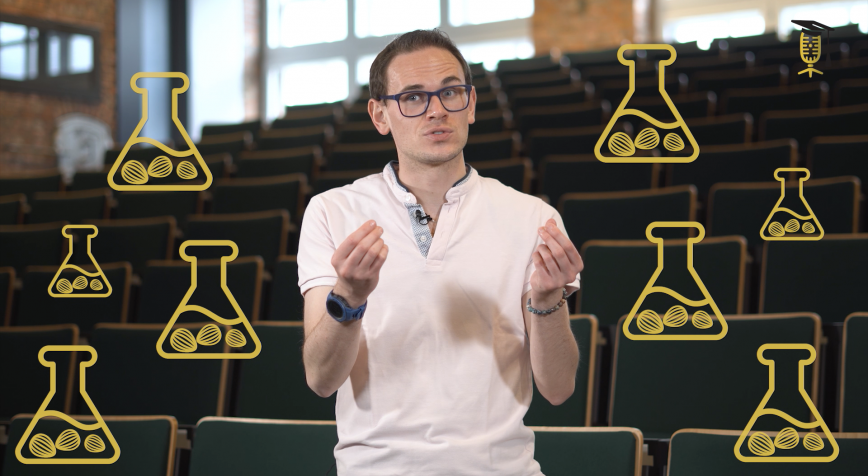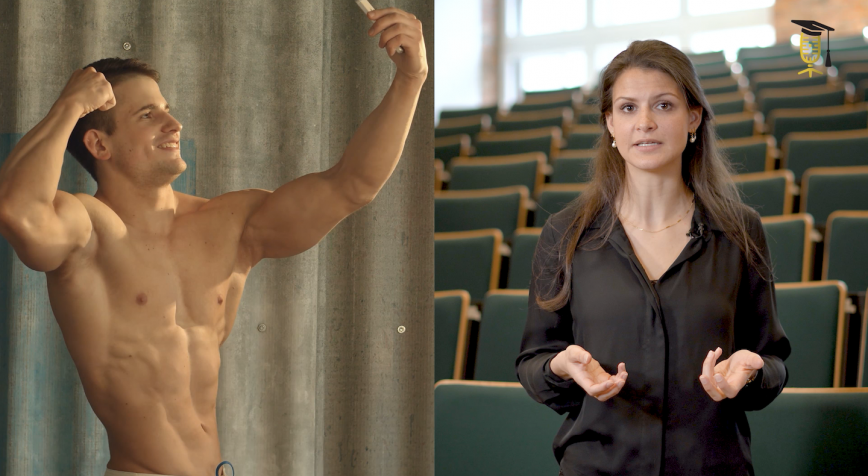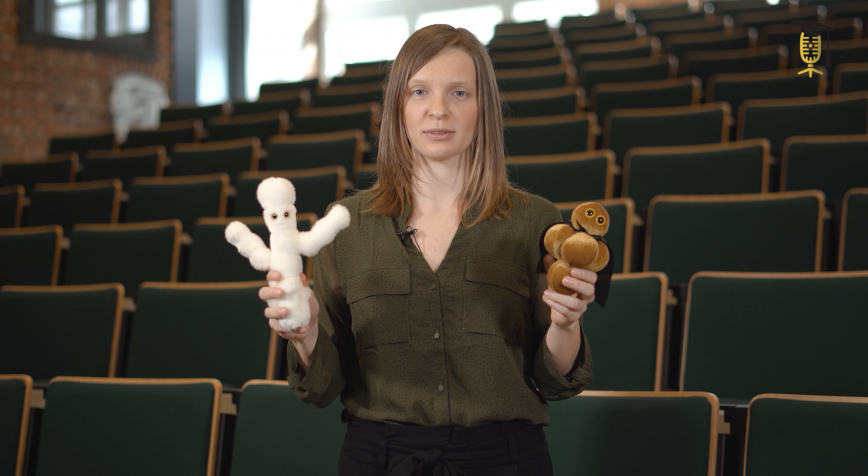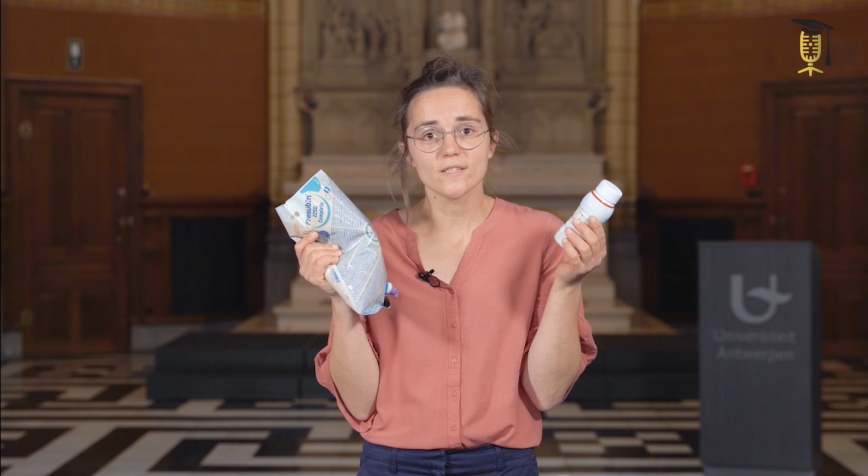
FWO
UAntwerpen
Swallowing rehabilitation in head and neck cancer patients
Radiation can save the lives of people with head and neck cancer. Unfortunately, many patients develop swallowing disorders as a result of the treatment, which makes it impossible for them to eat solid food. Leen Van den Steen (UAntwerpen - UZA) wants to help them. How? With tongue strength training.
